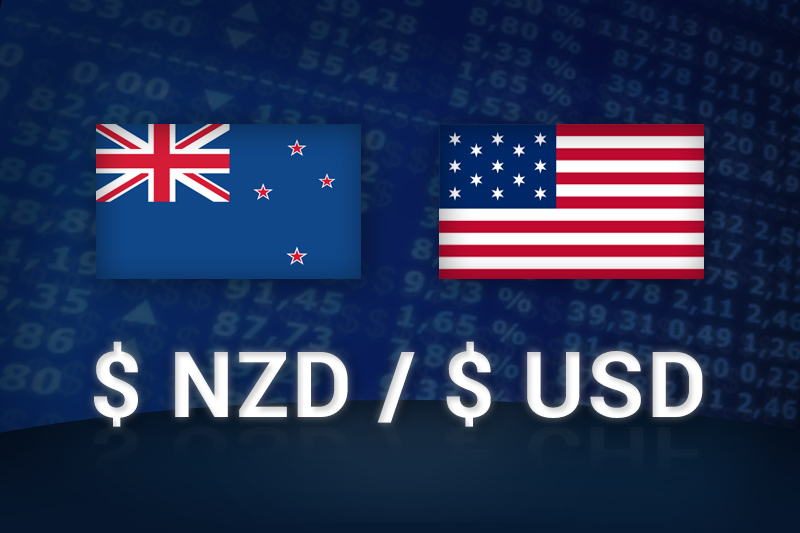Investing.com’s stocks of the week
Investing.com - The New Zealand dollar rose against its U.S. counterpart on Thursday, trading close to a nine-month high, after the Federal Reserve announced fresh monetary easing measures to boost growth.
NZD/USD hit 0.8449 during late Asian trade, the daily high; the pair subsequently consolidated at 0.8446, adding 0.13%.
The pair was likely to find support at 0.8386, Wednesday's low and resistance at 0.8472, the high of February 29.
The greenback came under pressure after the Fed said it would continue to purchase USD85 billion a month of government bonds and mortgage based securities in order to shore up the economic recovery.
The central bank also said that interest rates would remain close to zero as long as inflation forecasts remain near the bank’s 2% target and until the U.S. unemployment rate declines to 6.5% or less.
Meanwhile, sentiment found some support after euro zone finance ministers agreed a deal on rules for supervising euro zone banks ahead of a European Union summit later in the day.
The kiwi was fractionally higher against the Australian dollar with AUD/NZD dipping 0.07%, to hit 1.2501.
Also Thursday, the Melbourne Institute said that inflation expectations for Australia slipped to 1.8% in November from 2.2% the previous month.
Separately, official data showed that new motor vehicle sales in Australia were flat last month, after a 2.5% decline the previous month.
Later in the day, the U.S. was to produce official data on retail sales and producer price inflation, as well as the weekly government report on initial jobless claims.
NZD/USD hit 0.8449 during late Asian trade, the daily high; the pair subsequently consolidated at 0.8446, adding 0.13%.
The pair was likely to find support at 0.8386, Wednesday's low and resistance at 0.8472, the high of February 29.
The greenback came under pressure after the Fed said it would continue to purchase USD85 billion a month of government bonds and mortgage based securities in order to shore up the economic recovery.
The central bank also said that interest rates would remain close to zero as long as inflation forecasts remain near the bank’s 2% target and until the U.S. unemployment rate declines to 6.5% or less.
Meanwhile, sentiment found some support after euro zone finance ministers agreed a deal on rules for supervising euro zone banks ahead of a European Union summit later in the day.
The kiwi was fractionally higher against the Australian dollar with AUD/NZD dipping 0.07%, to hit 1.2501.
Also Thursday, the Melbourne Institute said that inflation expectations for Australia slipped to 1.8% in November from 2.2% the previous month.
Separately, official data showed that new motor vehicle sales in Australia were flat last month, after a 2.5% decline the previous month.
Later in the day, the U.S. was to produce official data on retail sales and producer price inflation, as well as the weekly government report on initial jobless claims.
